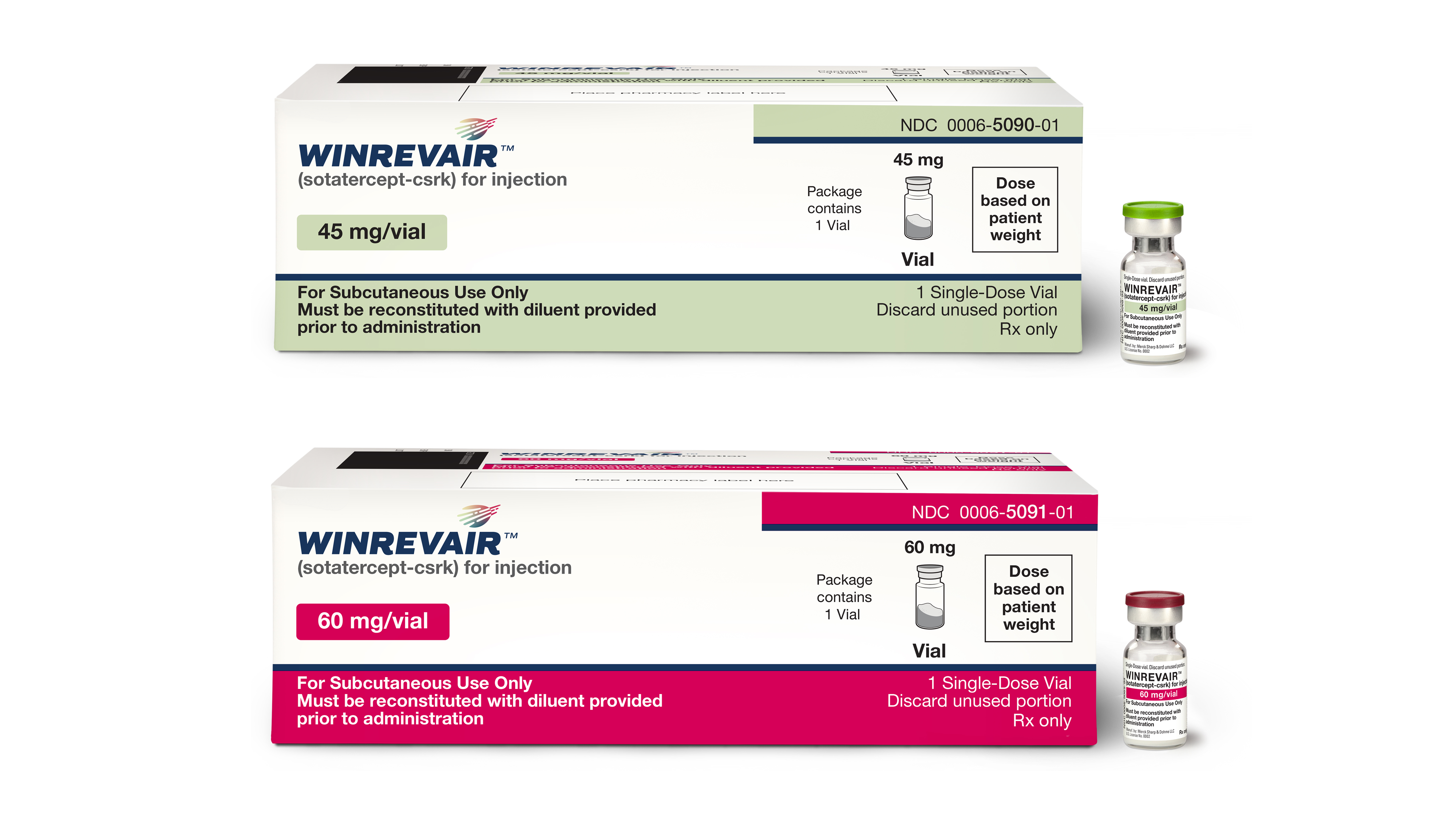Researchers at the University of Southern Denmark have shown that a specific microbial strain – known as Sulfolobus islandicus – could be useful in maintaining a drug’s integrity as it passes through the harsh environment of the human stomach. S. islandicus is indigenous to acidic volcanic hot springs of Iceland and was originally isolated in 1994.
The microbe has the ability to survive in environments with high temperature (75 to 80 degrees C) and low pH (2 to 3), which makes it an ideal candidate for drug delivery through the human body. “One of the major challenges in pharmacy is to find ways to carry and protect drugs on their passage through the stomach,” said Sara Munk Jensen, a Ph.D. student at both the Nordic Center for Earth Evolution (NordCEE), Department of Biology and the Department of Physics, Chemistry and Pharmacy, University of Southern Denmark (SDU).
“Many drugs may be absorbed through the intestines, so it would be a great help to be able to transport drugs safely through the stomach to the intestines,” said Jensen. Jensen’s Ph.D. work focused on separating lipids found in the cell membranes of extremophilic microbes, and using them to design drug transport systems which would protect the drug while it travelled through the human body.
Drugs such as growth hormones, vaccines and insulin could all benefit from Jensen’s research. As many diabetics must inject themselves with insulin on a daily basis, these patients would benefit from an oral form of the medication. Oral insulin would be absorbed by the small intestine and released into the blood stream in a more efficient way than injectable insulin is, potentially improving patient outcomes.
Jensen and her colleagues have now successfully used lipids isolated from the cell membrane of S. islandicus to develop a nano-capsule to transport drugs through the stomach. The researchers’ findings were published in the International Journal of Pharmaceutics.
After the researchers isolated the membrane lipids from the extremophilic microbe, they were used to construct synthetic lipid capsules – called liposomes – capable of carrying molecules. The liposomes were loaded with dye and exposed to an acidic environment equivalent to that found in the human stomach.
The liposomes were left for one and a half hours in the low pH solution – the amount of time a pharmaceutical needs to withstand the stomach acid before the body’s peristaltic action pushes it into the intestines. Though most of the liposomes succumbed to the acid, ten percent withstood the treatment and protected the dye after an hour and a half.
“We started with a completely crude extract of membrane molecules from S. islandicus,” said Jensen. “Normally, rather pure compounds are employed when making liposomes, but here I took all the fat molecules to see how far you can get with crude, non-purified material.
“If 10 percent of the liposomes created on this basis can survive, then it is plausible that even more will survive if we begin to purify the molecules.” Jensen thinks that the liposome survival rate must be increased to 85 percent before drug companies will pick up the technology.
Sources:
- Researchers want to turn acid-loving microbes into safe drug-carriers – http://www.medicalnewstoday.com/releases/302106.php
- Jensen, S, Christensenb, C., Petersenb, J, Treuscha, A., and Brandl, M. (2015). Liposomes containing lipids from Sulfolobus islandicus with state intestinal bile salts: An approach to oral drug delivery? Int J Pharm. 493 (1-2), 63-69.












Join or login to leave a comment
JOIN LOGIN